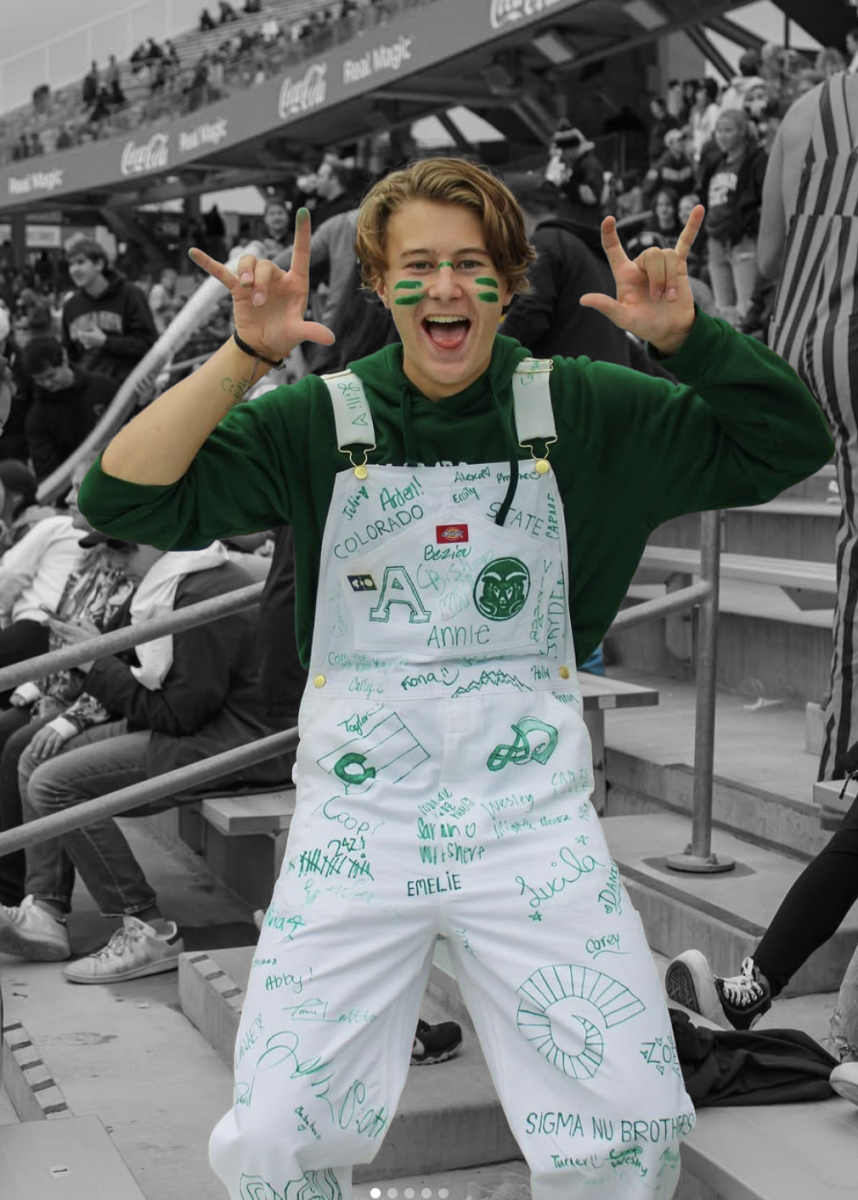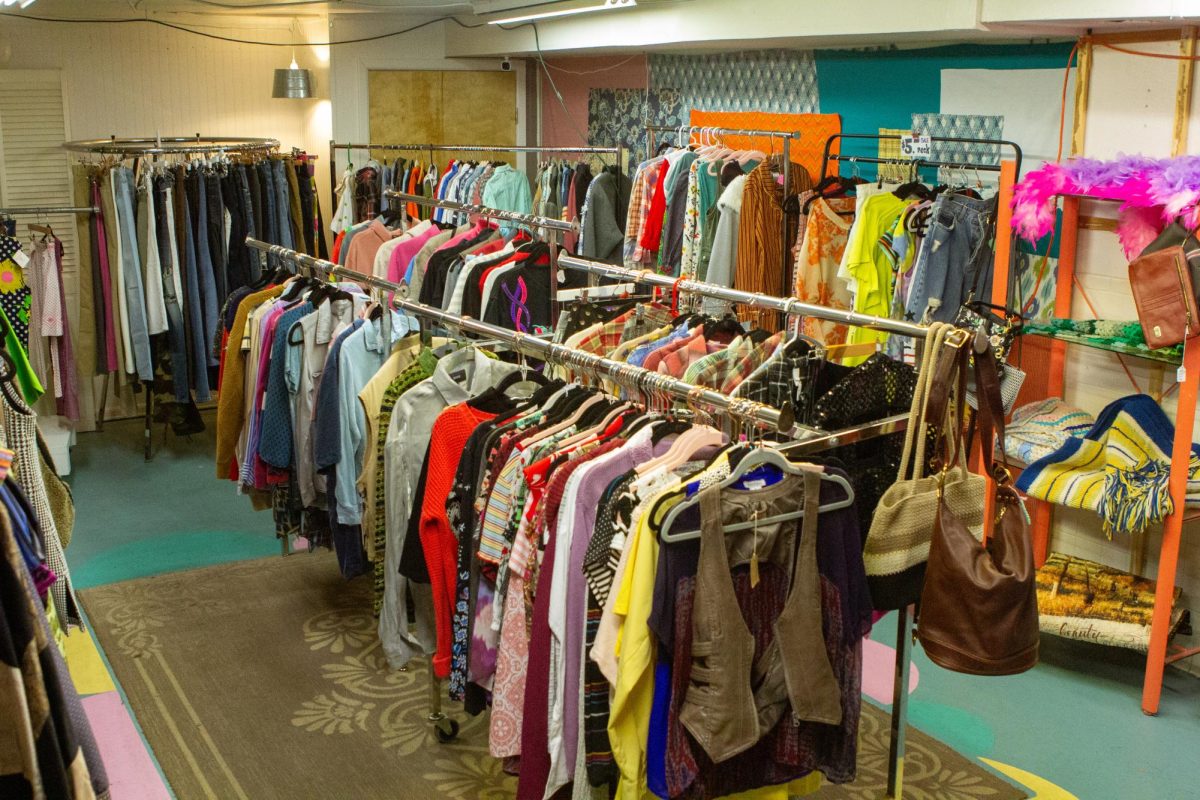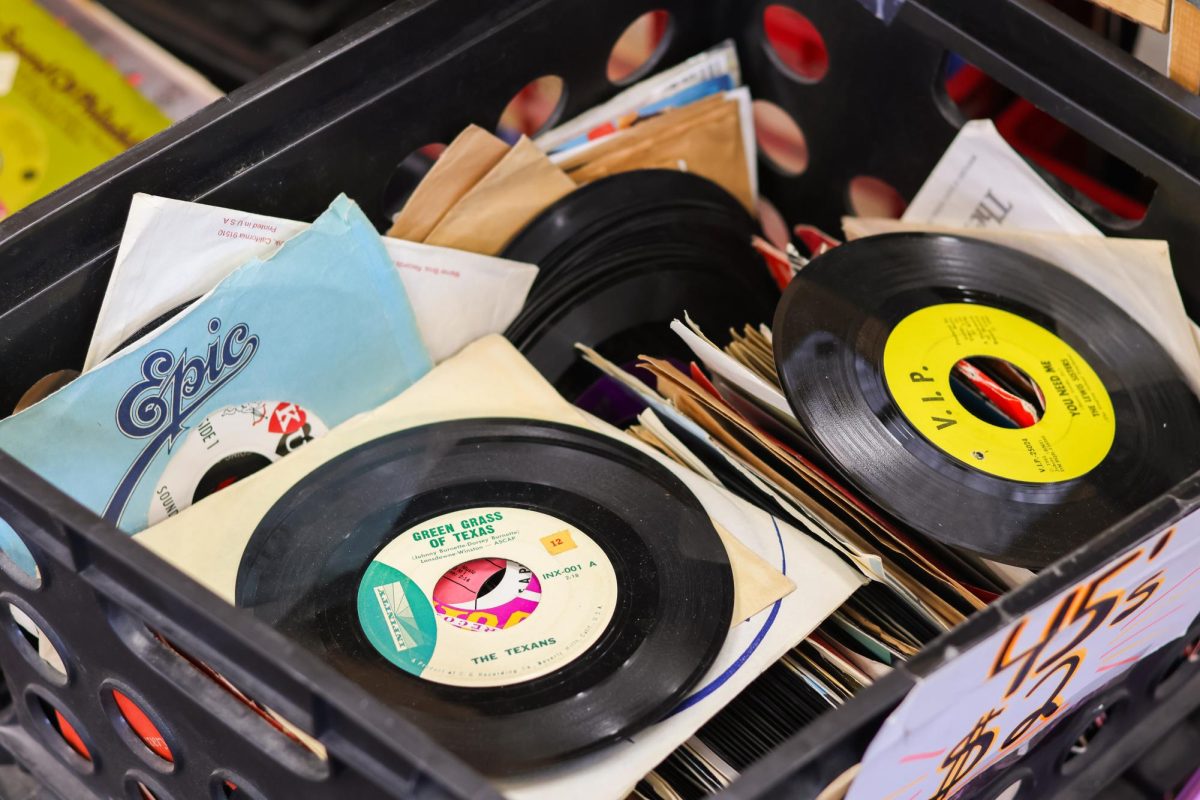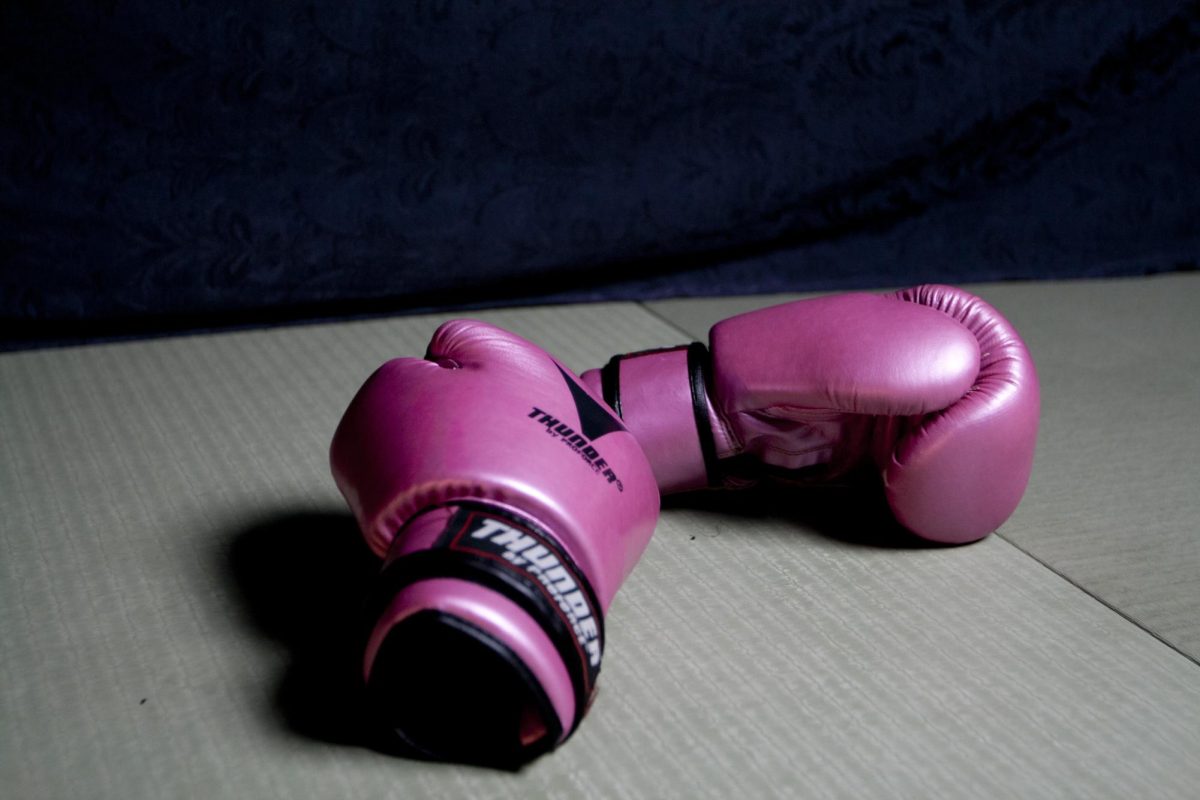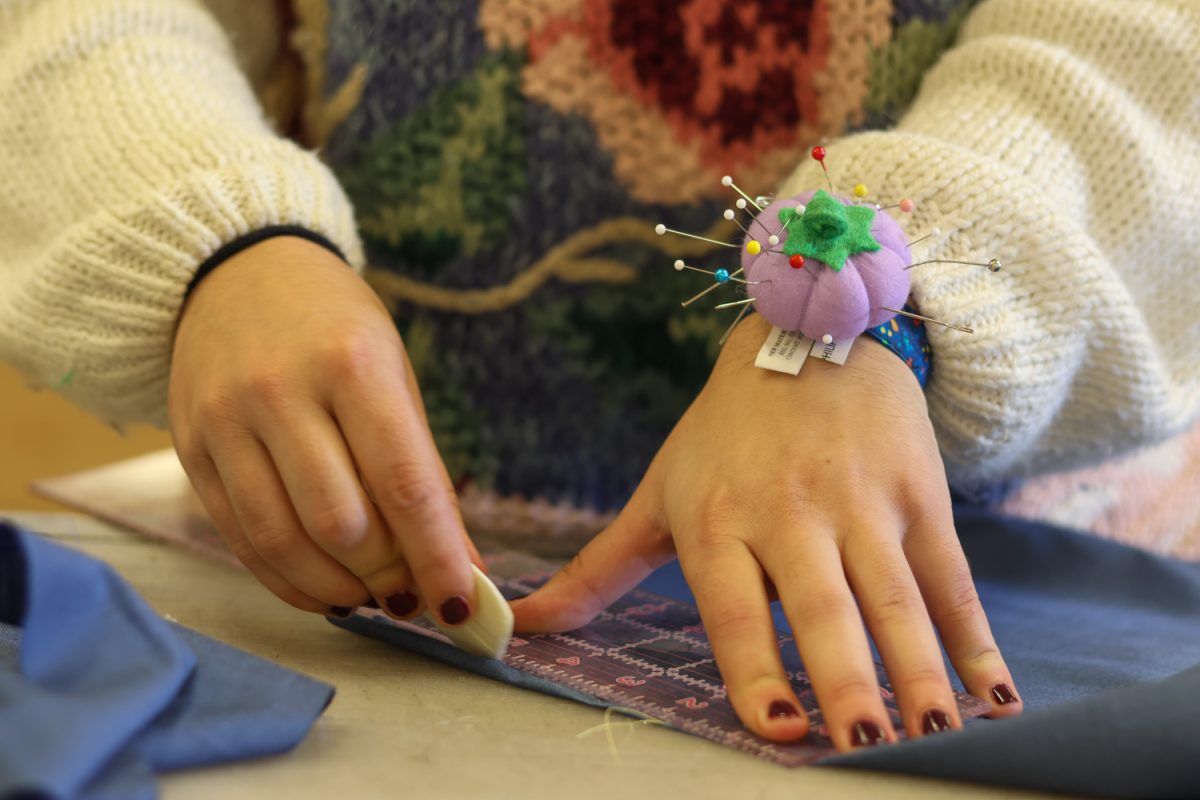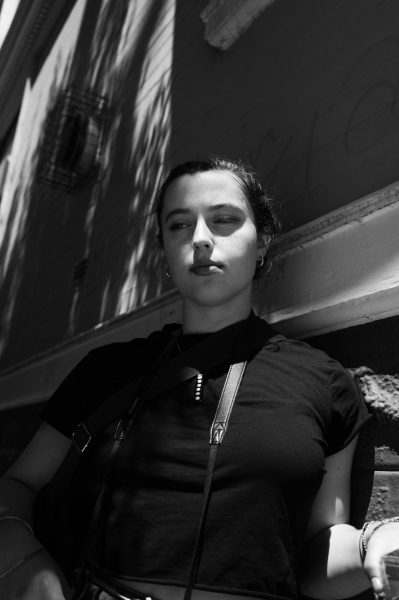Sports have spanned centuries, evolving in tandem with the culture around them, mirroring the values, styles, and innovations of each era. As sports have transformed, so too have the aesthetics and functionality of their uniforms, adapting not only to the demands of the athletes but also to shifting societal ideals. Over time, uniforms have come to reflect America’s growing acceptance of sexual autonomy and evolving perspectives on the human body, embodying both the inclusivity and changing cultural norms.
The Beginning Thread
Sports uniforms, in their earliest iterations, were designed with the singular goal of distinguishing teams from one another.
Over the years, their purpose evolved. What started as a practical means for identification gradually took on cultural and aesthetic significance. Teams started experimenting with logos, colors, and designs that were reflective of team identity and spirit. For example, the Chicago Bulls’ iconic red, black, and white uniforms or the New York Yankees’ simple yet memorable pinstripe uniforms.

(Sofia Raikow)
Women in Athletics
For much of history, sports were considered a male-dominated practice, with women either excluded or relegated to the sidelines. For years, women faced not only societal restrictions but also physical barriers when it came to participating in athletics, particularly due to restrictive and uncomfortable clothing deemed appropriate for them. Uniforms for women were initially designed with modesty and femininity in mind, often at the expense of practicality and performance.
In the late 19th and early 20th centuries, female athletes were often expected to wear long skirts or dresses with bloomers underneath.
Sex and the Culture
The 1960s and 70s were decades of profound cultural transformation in the United States. Fueled by the counterculture movement, political tensions, and the struggle for civil rights, new attitudes towards sex, gender, and personal expression began to emerge.
These years were defined by a generation determined to break free from the conservative norms of the past, ushering in an era of greater freedom and individual rights. As they ignited change, people looked for new ways to live and express themselves.
A significant achievement during this time was the push for gender equality, leading to landmark moments, such as the passage of Title IX in 1972. Title IX made discrimination by gender illegal on all accounts. Essentially, Americans were to be treated equally, regardless of their sex or gender.

(Sofia Raikow)
These reforms began to seep their way into fashion, as clothing styles became brighter, more flamboyant and more revealing.
Both men and women embraced long hair, bold patterns, and heeled boots, emulating icons like Twiggy and Jimi Hendrix. Bikinis, miniskirts, and flared pants became symbols of the revolution, defying traditional notions of modesty and reshaping ideas of masculinity versus femininity.
Fashion was not just about aesthetics but also practicality. According to the Bureau of Labor Statistics, in the post-World War II era, women comprised over 38% of the workforce. So, clothing needed to be more functional and comfortable.
Sportswear became more athletic and functional, with an emphasis on performance rather than modesty. Champion exemplified this shift, as one of the first brands to cater to men and women. Their Lady Champion line launched in 1968 and featured everyday sportswear that prioritized comfort and freedom of movement.
Breaking Boundaries
By the 1980s, societal norms around modesty and gender began to loosen, allowing for more freedom in self-expression and denominating great change for LGBTQ+ visibility.
Kaylee Koffler, a freshman studying apparel design at Colorado State University said, “…the 80s, when a lot of people weren’t afraid to bend roles, wear makeup no matter their gender, etc. was when there was a large change for the fashion industry.”
Around this time, the embrace of gender fluidity found its way into mainstream wear, with people like Madonna and Michael Jackson popularizing bold, loud clothing. .
Where are we now?
Today, sportswear is an expression of individuality but also a blend of society’s shifting views on gender, the human body, and personal style.
The body positivity movement has been a powerful force in reshaping the sportswear industry, challenging traditional beauty standards that have long dominated advertising and fashion. For years, campaigns featured mostly thin, toned models who embodied an often unrealistic and narrow ideal of the “athletic” body.
While this versatility reflects a more inclusive approach to uniform design, allowing athletes to select what makes them feel strongest and most comfortable, it also allows athletes to advocate for their own comfortability and style. Ironically breaking typical uniformity of uniforms.
“Society has definitely strayed away from the stereotypical, gendered silhouettes of fashion, with the rise of baggier shapes in women’s apparel compared to slimmer clothing,” Koffler says.
The evolution of sports uniforms reflects both changing attitudes toward gender and the growing pride in the human body. From the restrictive skirts and bloomers of the early 20th century to the sleek, functional designs worn by athletes today, sports clothing has been a barometer of the shifting cultural landscape and continues to evolve as new generations push the boundaries of sports.












